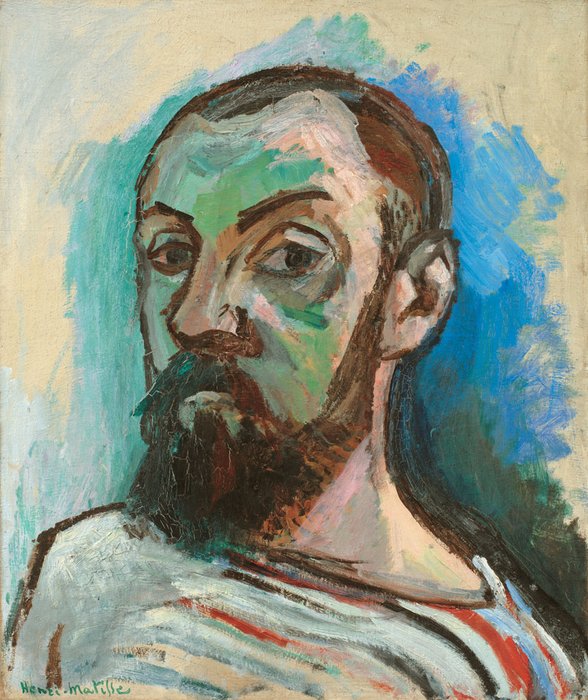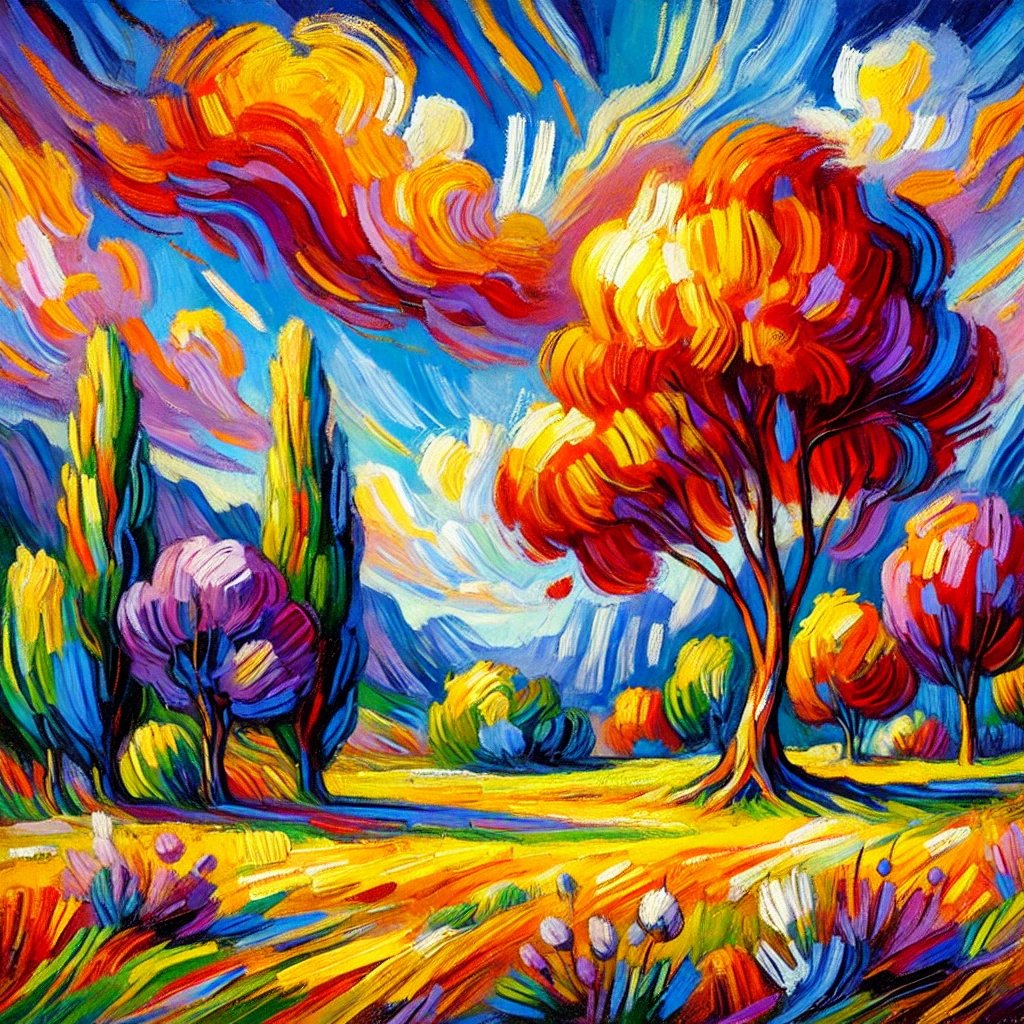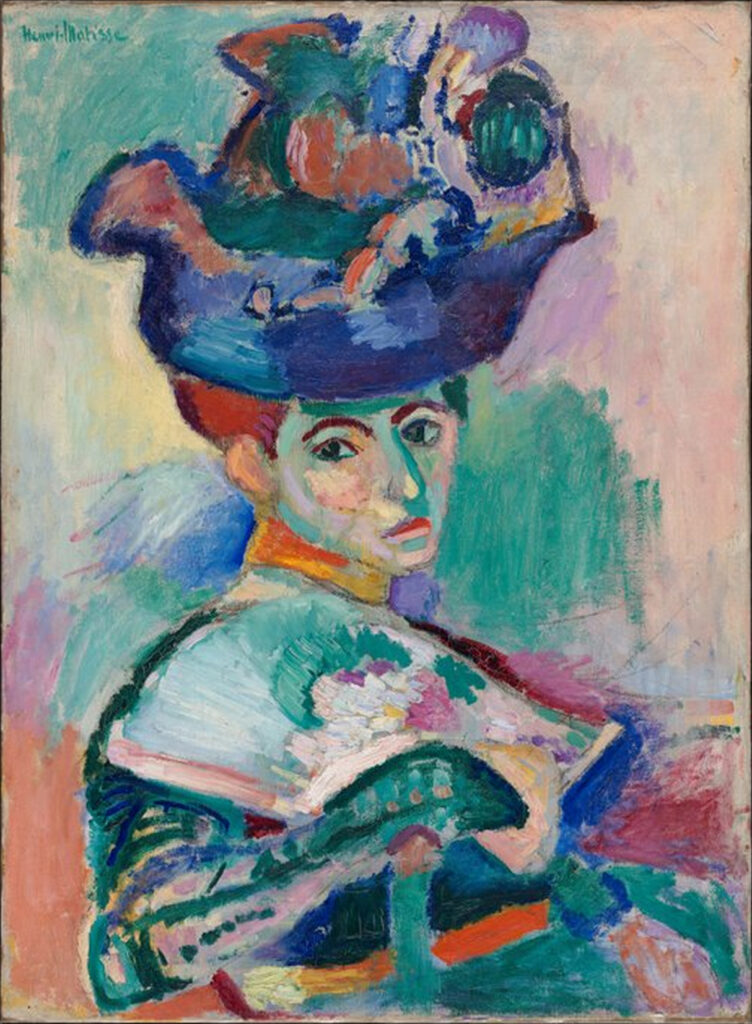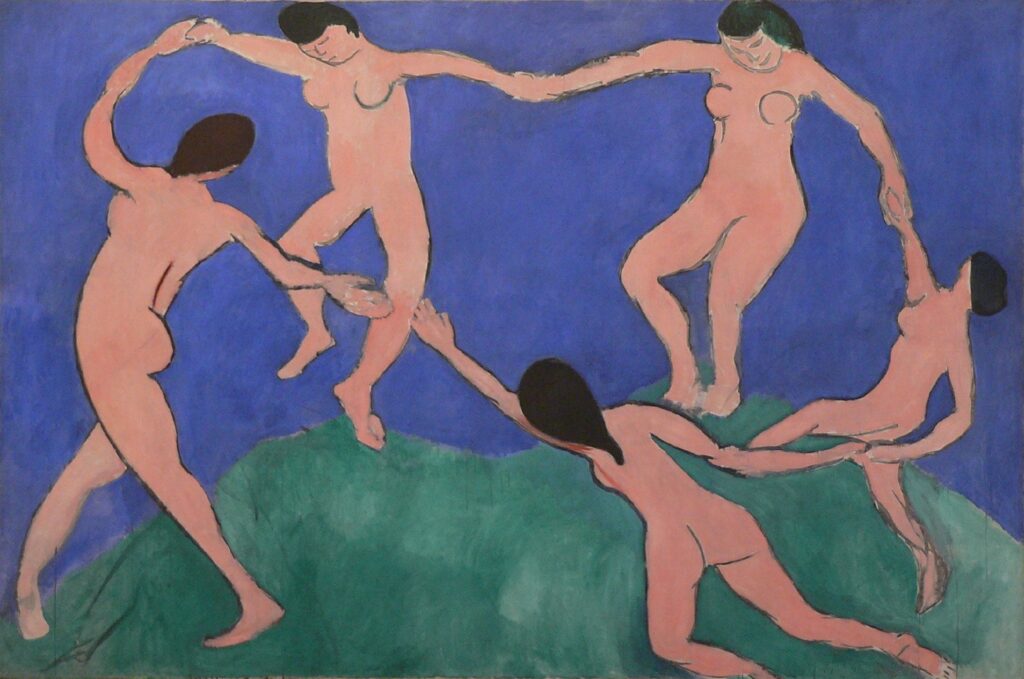Henri Matisse: The Prodigy of Modern Art

Birth and Early Life
Henri Émile Benoît Matisse was born on December 31, 1869, in Le Cateau-Cambrésis, a small town in northern France. The son of a wealthy grain merchant, Matisse’s early life was far from the artistic vibrancy that would later define his world. Raised in a conservative and traditional environment, Matisse was expected to follow a stable, respectable career path. However, destiny had other plans for him.
Matisse’s initial foray into the arts came late in life. After studying law in Paris and securing a job as a court administrator, Matisse seemed poised for a life of predictable success. It wasn’t until he was bedridden with appendicitis at the age of 20 that he began to explore
painting
. His mother brought him a box of paints to pass the time, and from that moment, Matisse’s life took a dramatic turn. What began as a simple pastime quickly became an all-consuming passion, leading him to abandon law and pursue an art career.Education and Early Struggles
painting
. Matisse struggled in his early years as an artist, both financially and creatively. The Symbolist movement heavily influenced his early works, and he experimented with various styles, includingabstract art
and Pointillism. These early attempts were unsuccessful, and Matisse faced criticism from his peers and the public. His financial situation was precarious, and he often relied on the support of his wife, Amélie Parayre, whom he married in 1898.
The Birth of Fauvism
The Birth of Fauvism
The dawn of the 20th century significantly shifted Matisse’s artistic approach. Disillusioned with the constraints of academic
painting
, Matisse began to experiment with color and form in ways that would ultimately revolutionize modern art. His breakthrough came in 1905, when he, along with André Derain and Maurice de Vlaminck, exhibited at the Salon d’Automne in Paris. The bold, vibrant colors and wild brushstrokes shocked the critics, dubbing the group “Les Fauves” or “The Wild Beasts.”As the movement came to be known, Fauvism was characterized by its radical use of color, emotional expression, and the rejection of traditional representational art. Matisse’s work from this period, including “Woman with a Hat” (1905) and “The Joy of Life” (1906), demonstrated his departure from the subdued palettes and precise forms of his earlier work. Instead, he embraced a new visual language that prioritized color as a means of expression, often using it in non-naturalistic ways to convey emotion.

The piece of art that best depicts Henri Matisse's Fauvism during the Modern (1869–1954) period is "Woman with a Hat" (1905).
Why "Woman with a Hat" (1905)?
Color: This painting is characterized by bold, non-naturalistic colors, a hallmark of Fauvism. Matisse uses vivid and unconventional colors to express emotion rather than replicate the subject’s appearance.
Technique: The brushstrokes are wild and expressive, another critical feature of Fauvism. The painting broke away from traditional representational art, emphasizing color as the primary means of expression.
Impact: “Woman with a Hat” was exhibited at the 1905 Salon d’Automne, where it caused a sensation and led to the naming of the Fauvist movement (“Les Fauves”). It embodies the radical departure from the subdued palettes of academic painting that Matisse was disillusioned with.
Evolution of Style and Legacy
mixed media art
andsculpture
in the 1930s. However, his later work, particularly the cut-outs he created in the 1940s and 1950s, truly cemented his legacy as a master ofmodern art
, color, and form. These cut-outs, composed of painted paper meticulously arranged into striking compositions, are celebrated for their simplicity and vitality. Ouronline gallery
pays tribute to Matisse’s enduring influence, offering a curated selection of artworks that resonate with his revolutionary approach. By bringing these pieces to a digital audience, we continue to celebrate Matisse’s legacy, ensuring that his innovative spirit inspires future generations of art lovers and art collectors interested inmixed media art
andmodern art
.Friendships and Collaborations
Matisse’s relationships with other artists were crucial to his development as an artist. His friendship and rivalry with Pablo Picasso are legendary, with the two artists pushing each other to new heights of creativity. Despite their differences in style and approach, Matisse and Picasso shared a deep respect for each other’s work and often exchanged ideas and critiques.
Matisse also maintained close relationships with younger artists, including André Derain and Georges Braque, both of whom were instrumental in the development of Fauvism and abstract art. His influence on these movements and on modern art as a whole cannot be overstated.
Historical Context and Influence

Matisse’s work emerged during a period of significant change in the art world, as artists sought to break free from the constraints of traditional academic painting and explore new forms of expression. The late 19th and early 20th centuries were marked by rapid technological advancements, political upheaval, and social change. These factors and Matisse’s exposure to non-Western art forms, including African and Islamic art, significantly shaped his approach to art.
Matisse’s bold use of color and his exploration of abstraction profoundly impacted the development of modern art, influencing movements such as Cubism, Abstract Expressionism, and even Pop Art. His work challenged traditional notions of beauty and representation, paving the way for new forms of artistic expression.
